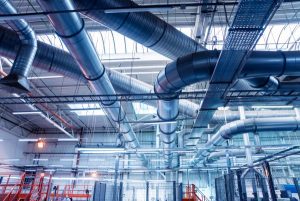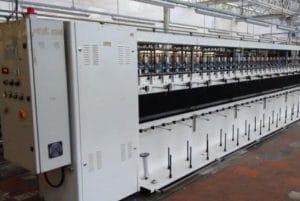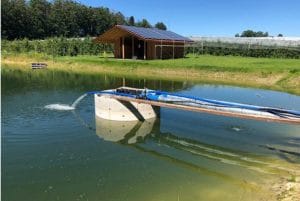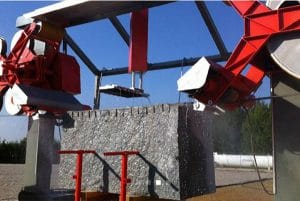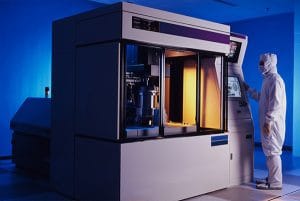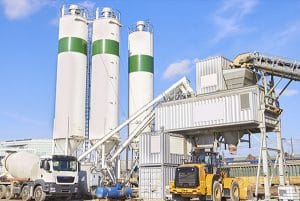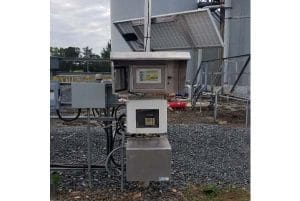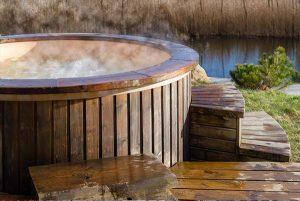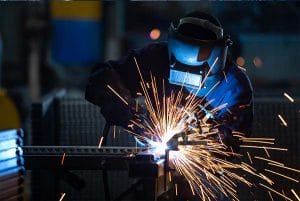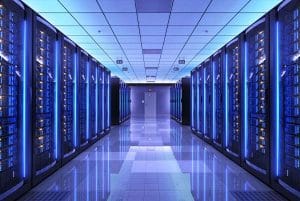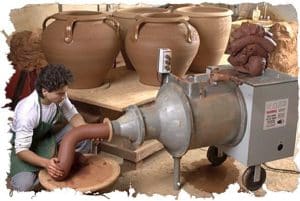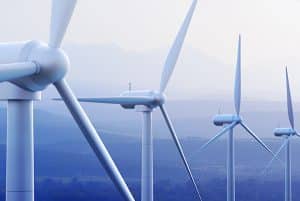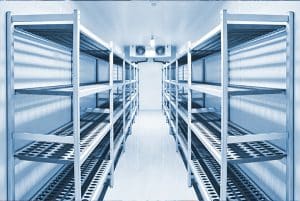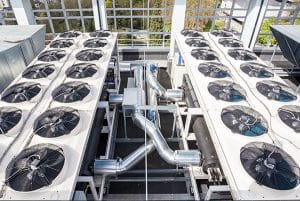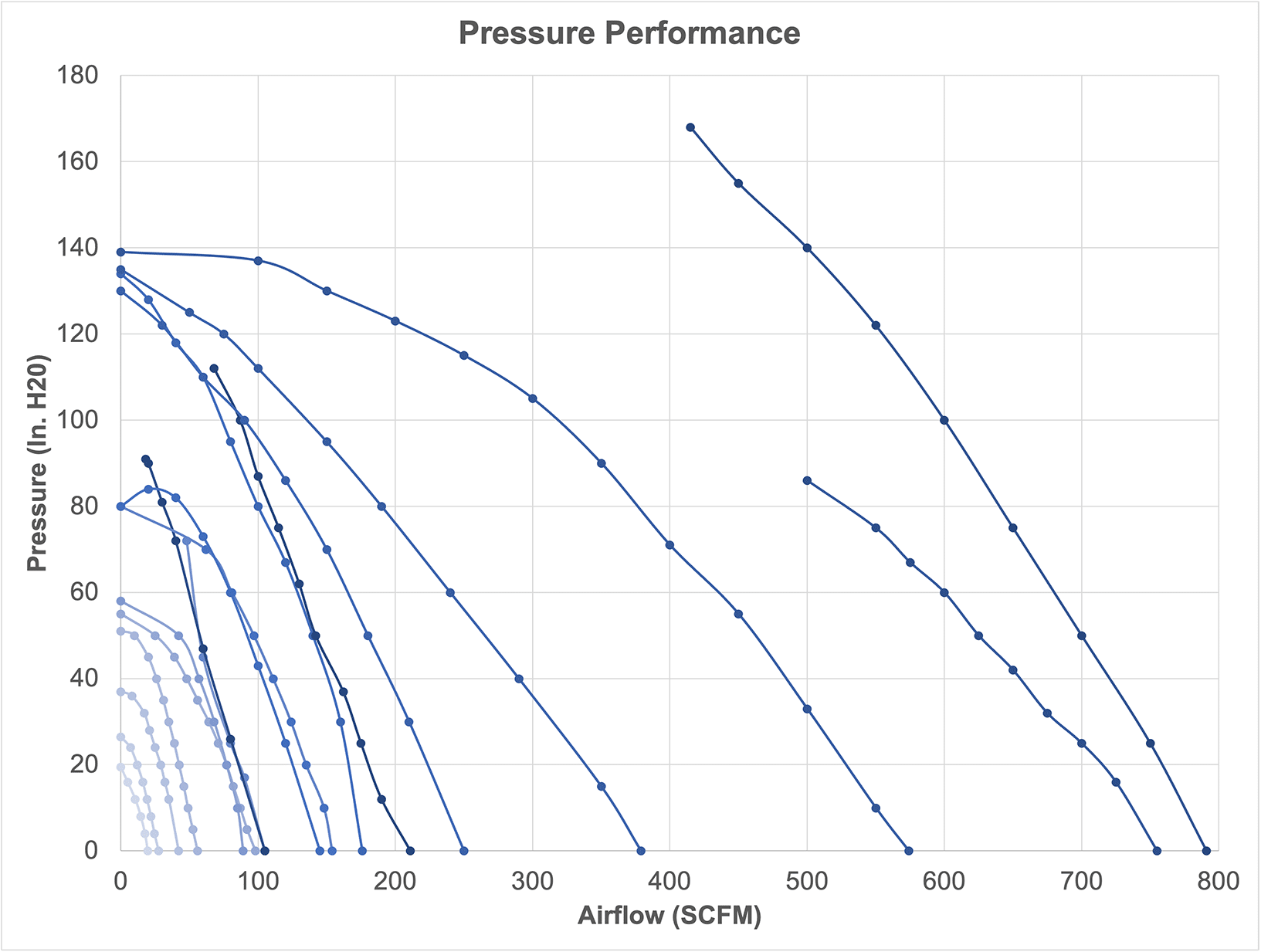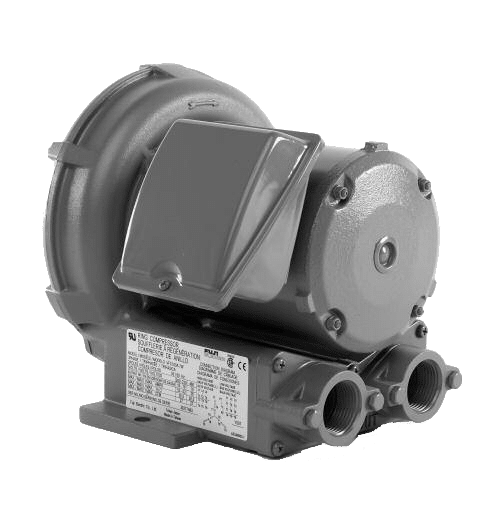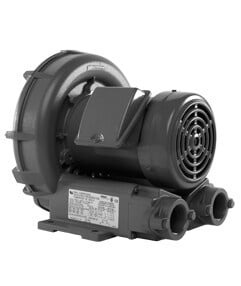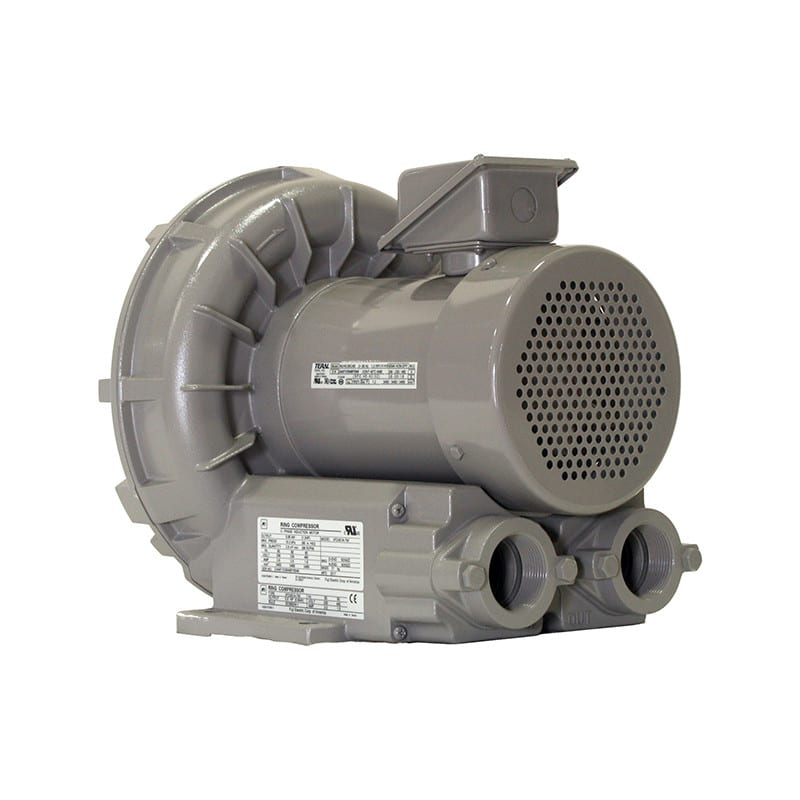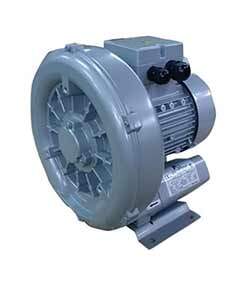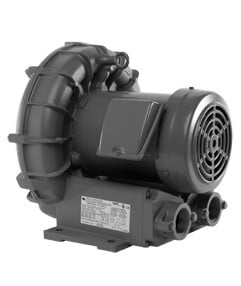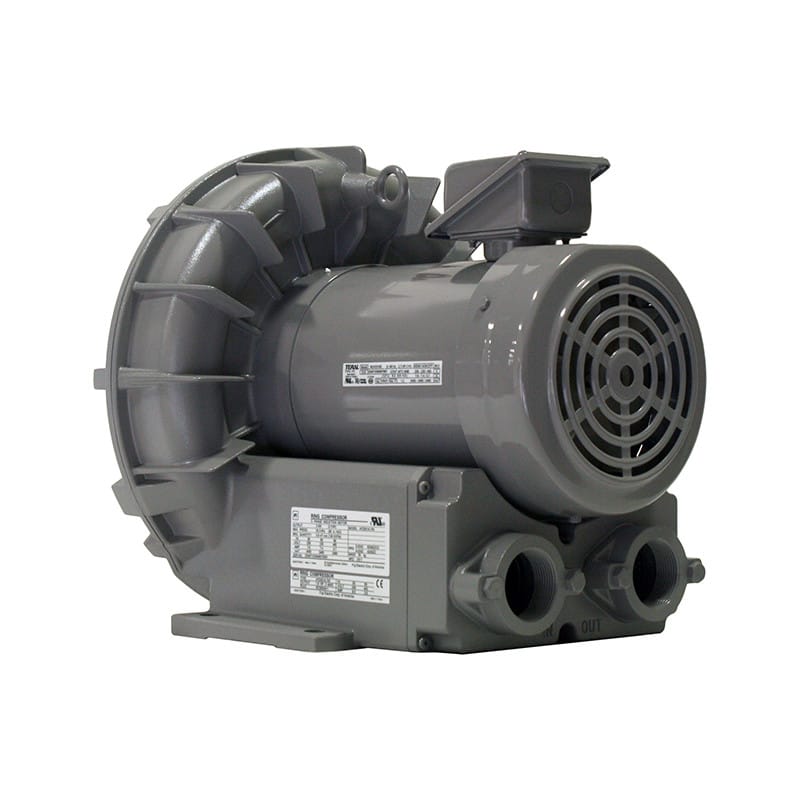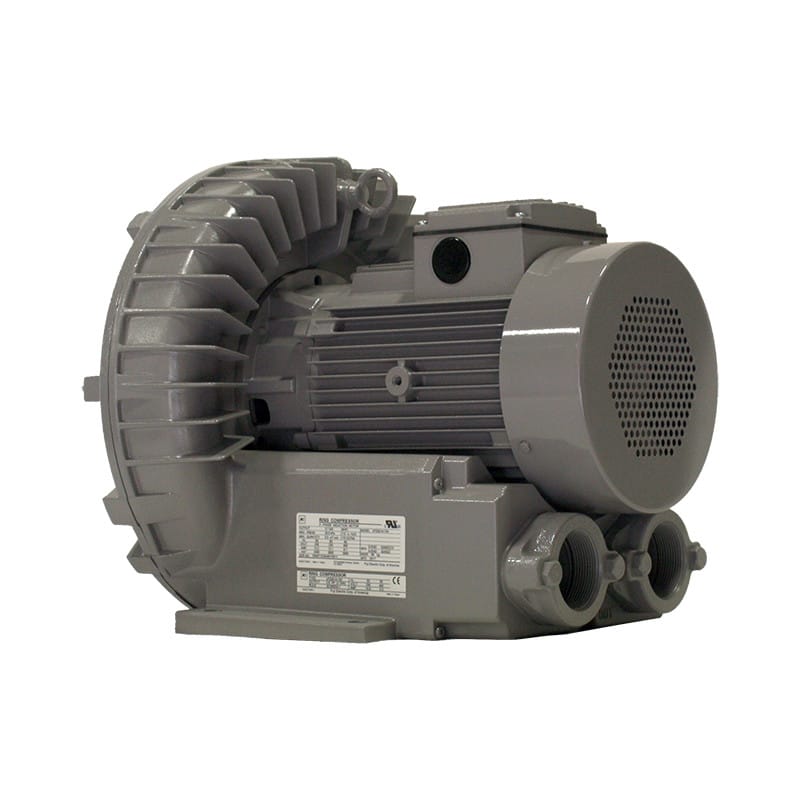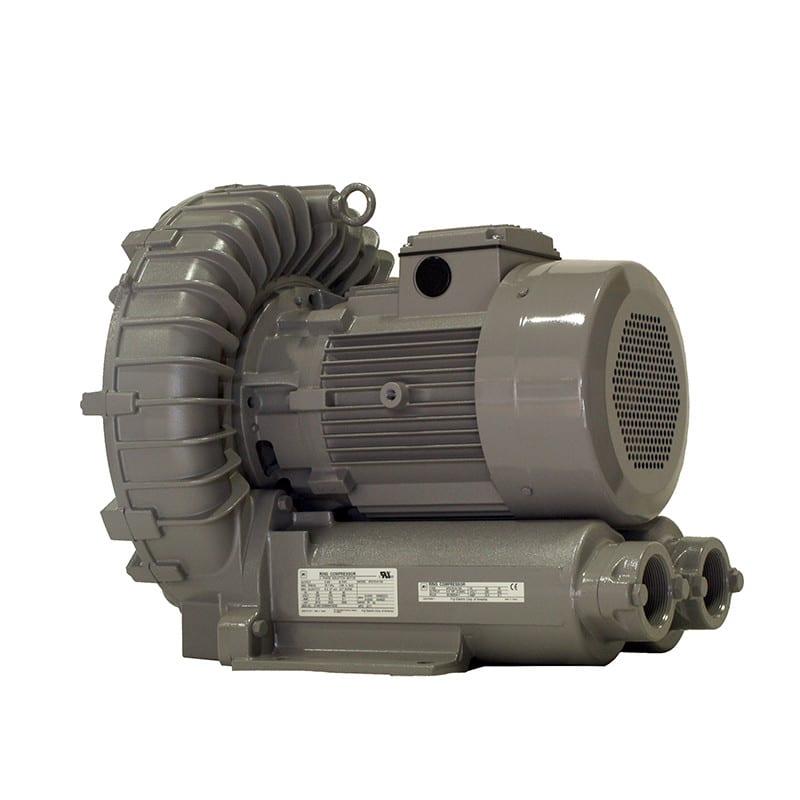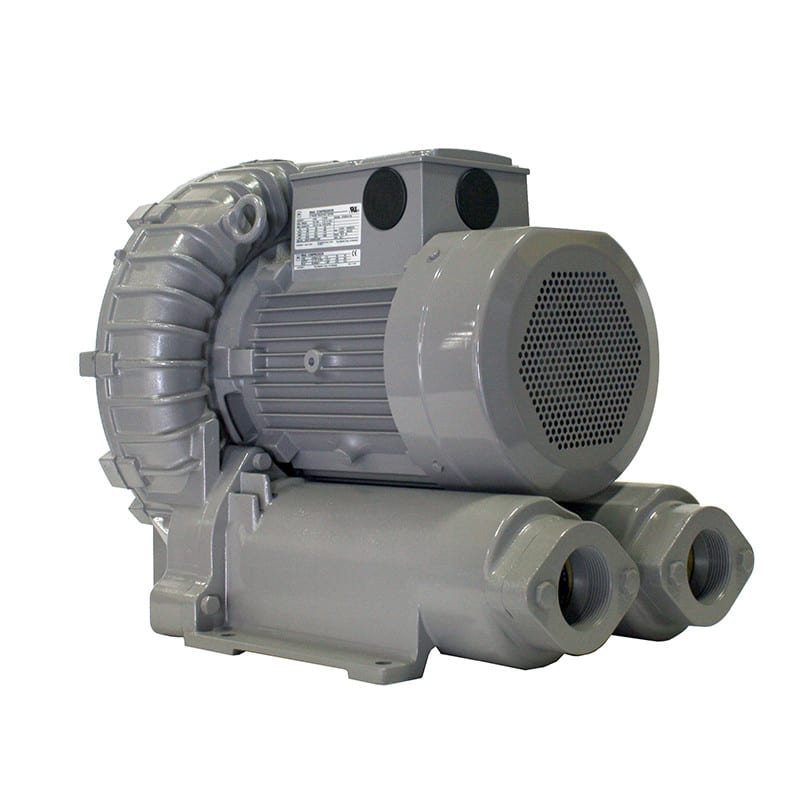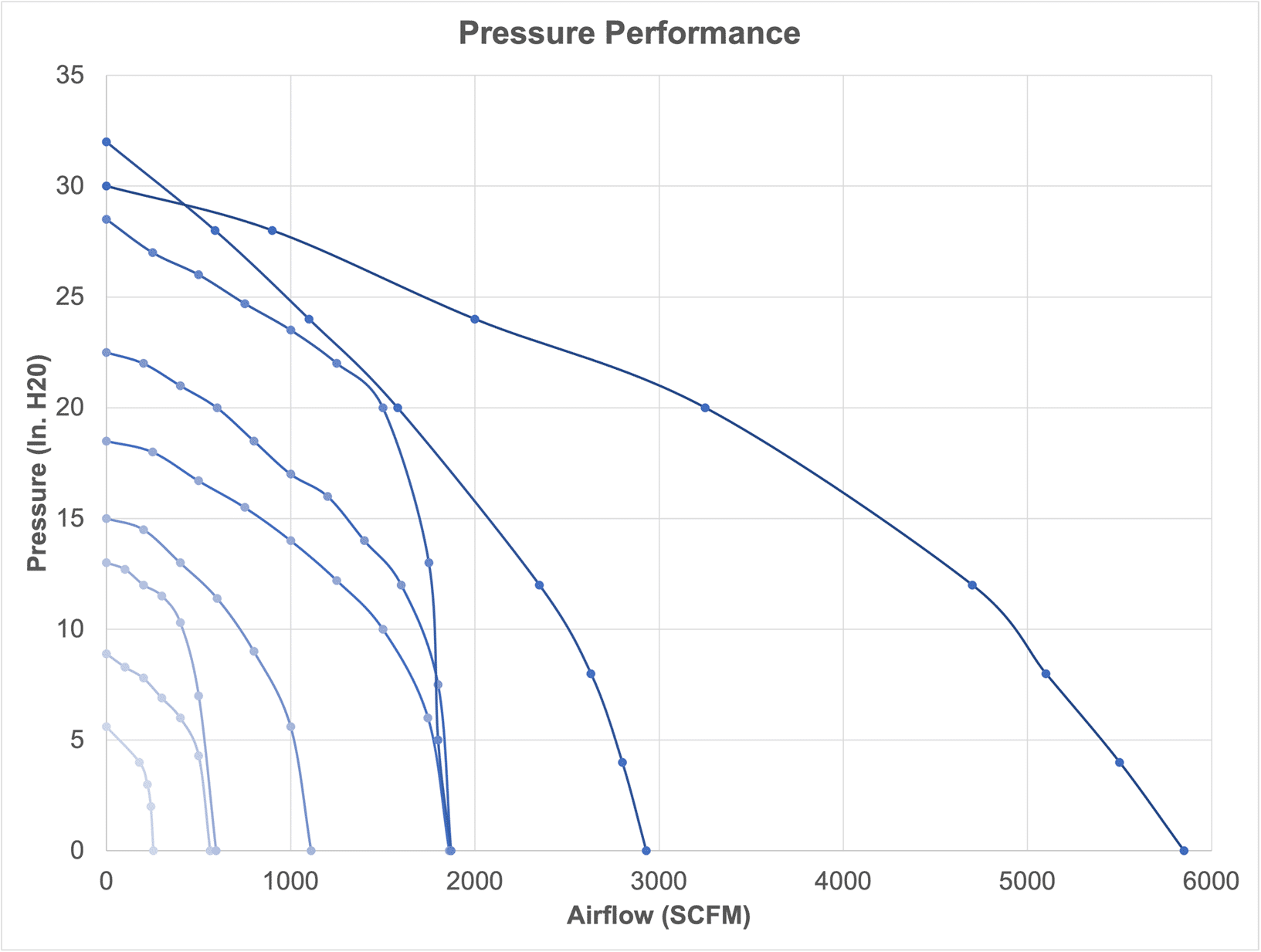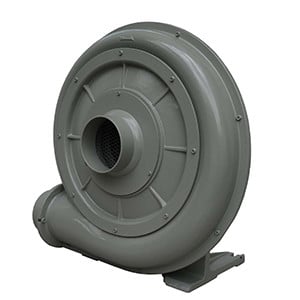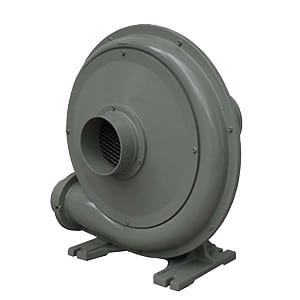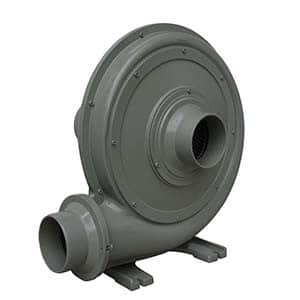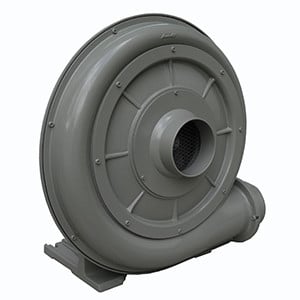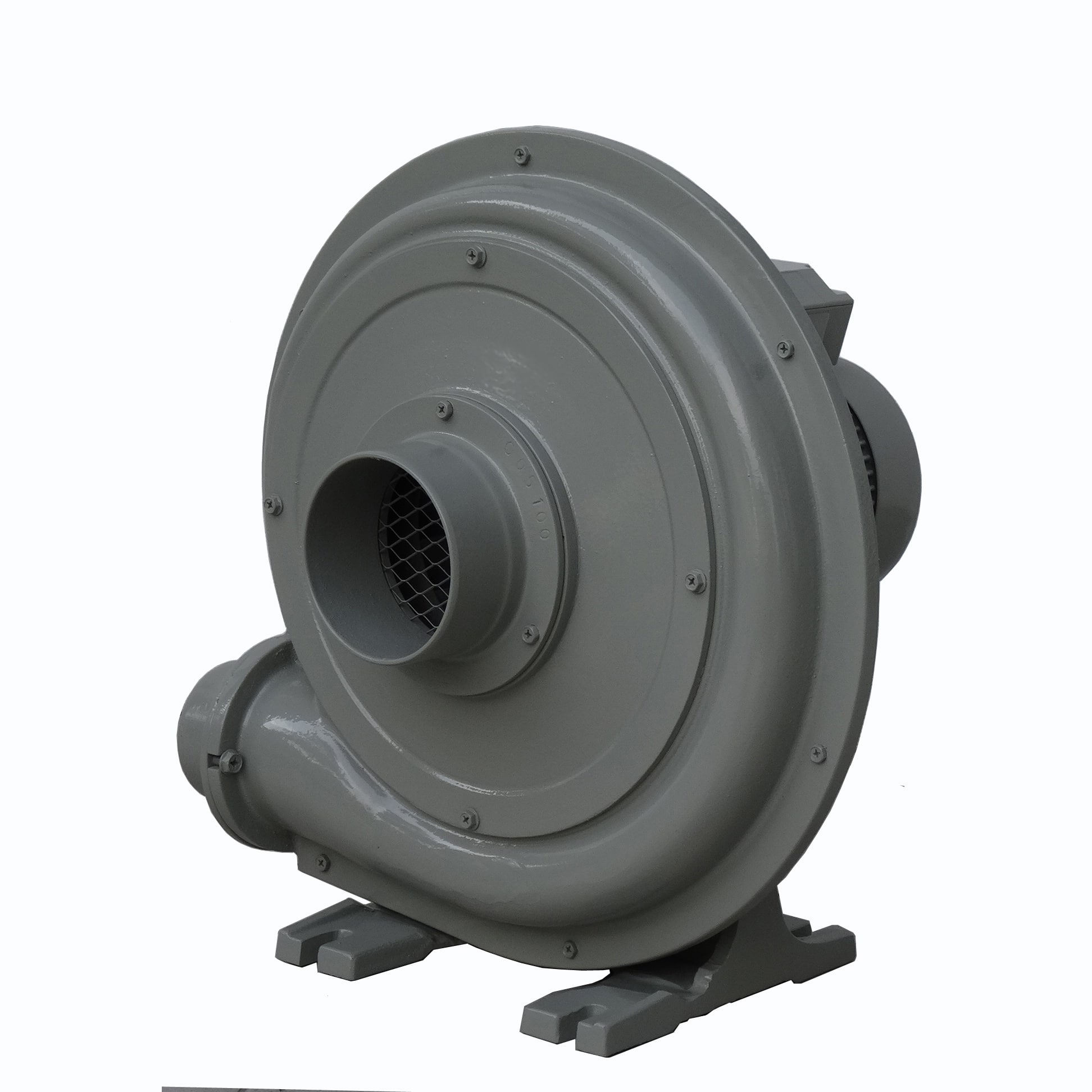Two-level and three-level inverters are types of power electronic systems designed to convert direct current (DC) into alternating current (AC). They are commonly used in various applications such as UPS, electric vehicles, renewable energy systems, and motor drives. Here are the key differences between these two types of inverters: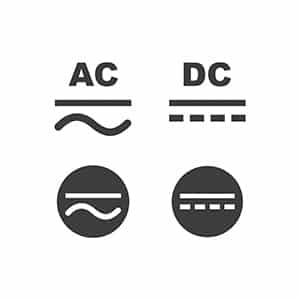
Voltage Levels
- Two-Level Inverter: This type of inverter has two voltage levels at the output. Typically, these are +Vdc (positive DC supply voltage) and -Vdc (negative DC supply voltage). This allows the inverter to switch the output between these two levels to create a stepped approximation of a sine wave.
- Three-Level Inverter: A three-level inverter, referred to as Neutral Point Clamped (NPC) inverter, introduces an additional voltage level, typically 0 volts (or ground), along with +Vdc and -Vdc. This configuration allows for a more granular approximation of the AC sine wave, i.e., due to smaller voltage steps, which improves the quality of the output waveform.
Output Waveform Quality
- Two-Level Inverter: The output waveform of a two-level inverter contains more significant harmonic distortion due to the abrupt transition between the two voltage levels. This requires additional filtering to smooth out the waveform for sensitive applications.
- Three-Level Inverter: The inclusion of an intermediate voltage level (0 volts) helps in reducing the harmonic distortion in the output waveform, resulting in a closer approximation to a pure sine wave. This typically means reduced filtering requirements and better performance in applications sensitive to waveform quality.
Switching and Harmonics
- Two-Level Inverter: These inverters generally produce higher harmonic content due to fewer voltage levels. The high harmonic content can lead to increased electromagnetic interference (EMI) and might require more complex filtering systems.
- Three-Level Inverter: The additional voltage level helps in reducing the total harmonic distortion (THD), leading to lower EMI and potentially less stringent filtering requirements. This can be particularly beneficial in applications that are sensitive to power quality.
Efficiency and Stress on Components
- Two-Level Inverter: The switches in a two-level inverter often endure higher voltages and currents, which can lead to increased stress and heat generation. This might necessitate more robust cooling solutions.
- Three-Level Inverter: The voltage stress on each switch is reduced due to the presence of an intermediate voltage level, which can potentially increase the efficiency and lifespan of the components. The switches experience lower voltage swings, which reduces the overall stress.
Complexity and Cost
- Two-Level Inverter: These inverters are simpler in design and generally cost less due to fewer components and control complexity.
- Three-Level Inverter: The addition of more voltage levels increases the complexity of both the circuit and the control strategy. This typically results in a higher cost for components and potentially increased maintenance requirements.
Applications
- Two-Level Inverter: They are often used in lower power applications or where cost is a significant factor, such as in residential solar inverters or small motor drives.
- Three-Level Inverter: These are preferred in high-power applications such as utility-scale solar installations, electric vehicle drives, and high-power industrial motor drives, where waveform quality and efficiency are more critical.
Choosing between a two-level and a three-level inverter depends on the specific requirements of the application, including cost, efficiency, power quality, and complexity.



